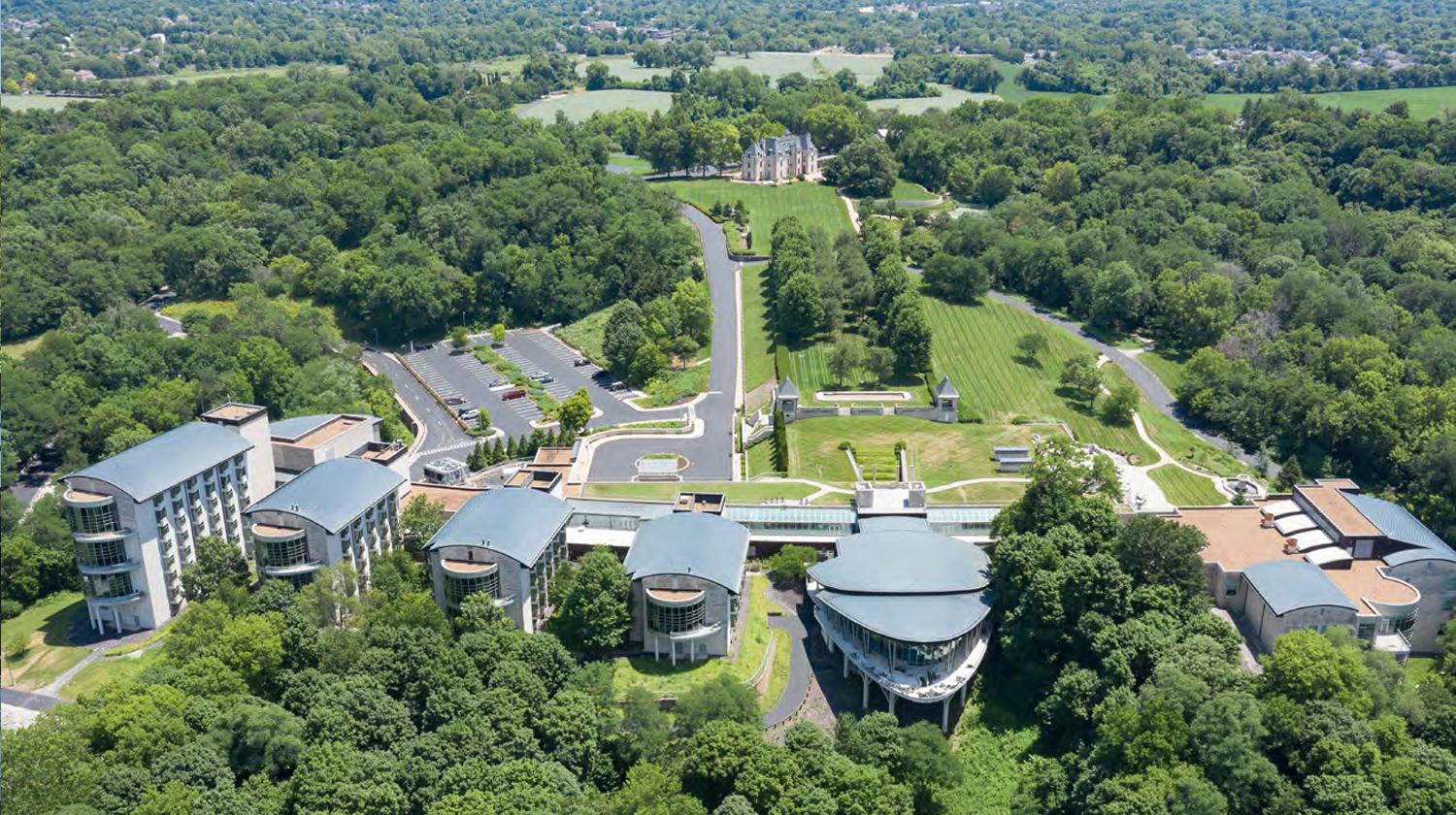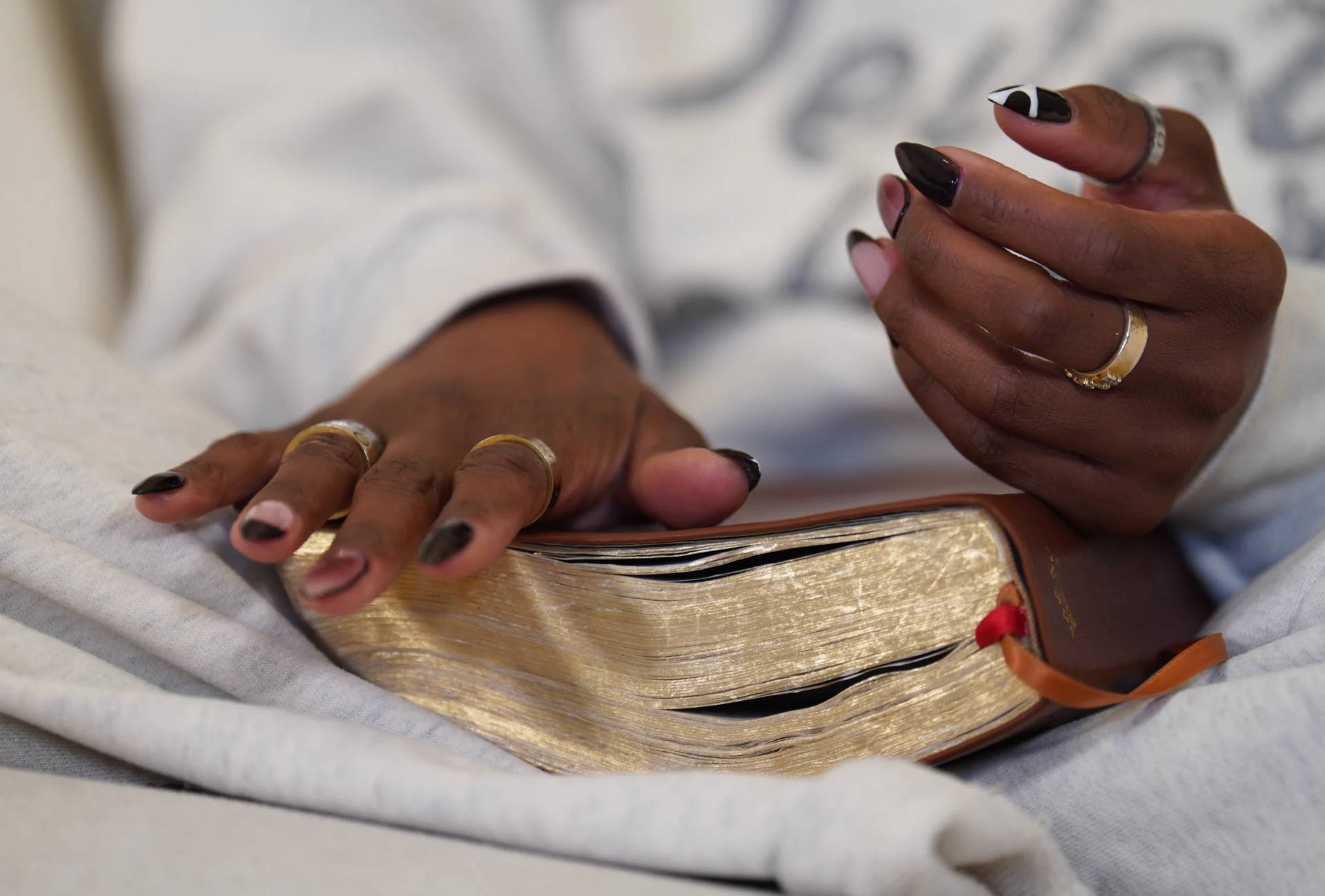NEW YORK – With the purchase of a sprawling new campus in Florissant, Missouri, Augustine Institute president Tim Gray said he envisions not only growth of its graduate program, but for it to become a “crossroads” for the renewal of the American Church.
“When we look at this campus we see that we can maximize our reach,” Gray said April 29, noting that there are over 20 million Catholics who live a day’s drive from nearby St. Louis.
“That’s important because we see this physical platform, this campus, as something we can invite people to for renewal, for retreats, for conferences, for visits for intensive short courses and classes, and so we want to invite Catholics to come here and that’s going to be so much easier,” Gray continued. “This is a crossroads, and we think this is going to be a crossroads for the renewal of the Catholic Church in America.”
Founded in 2005 in Denver, Colorado, as an education apostolate the Augustine Institute has grown into the nation’s largest Catholic graduate school of theology in the country with over 560 students, who primarily attend the institute online. Over the years and through different ventures, it has also grown into one of the nation’s largest Catholic publishing and media apostolates.
About a week ago, the institute announced that it purchased a 284-acre campus in Florissant – about 20 miles outside of St. Louis – from the aerospace company Boeing that most recently was the organization’s leadership center.
As is, Gray said the campus comes with four residence halls that contain just over 200 rooms, a dining hall, an education center with 14 wired classrooms, 31 breakout rooms and three conference spaces. The campus also offers over 300,000 square feet of office space, has four miles of paved walking paths and five miles of nature trails, and a ballroom with a capacity for 120 people with space for a temporary chapel until they build a new one.
Speaking to reporters at a news conference April 29, Gray wouldn’t directly answer how much the institute paid for the space, but said it cost between $20-30 million, and was paid for in cash. Gray added that the institute has a reserve fund of more than $20 million to continue to invest in ongoing operations at the campus that they want to build up to $40 million.
A spokesperson for the institute told Crux earlier on April 29 that the institute makes money from graduate school tuition, sales of its curriculum, books and materials, and subscriptions to its Catholic content streaming service, FORMED, which is in over half the parishes in the United States and has close to 1.7 million subscribers. The institute also has an audio app for prayer and meditation called the Amen App that has close to 500,000 downloads.
With the institute’s growth on all fronts in recent years, Gray explained the decision to relocate from Denver to the St. Louis area came down to continuing that growth, as the institute has maxed out its current space. Currently, the institute has a five story building in Denver that Gray said has been great to help the institute grow out its digital platforms. However, they don’t have the ability to offer on-campus housing for students causing the graduate school plateau.
“We’ve had a lot of dramatic growth, and with that growth, Christ says that the Church has to be a light to the nations and a light to the world, but we need a bigger lampstand,” Gray said.
Plans are underway for the immediate transition of the new campus to be operational for the institute’s Graduate School of Theology 2024-2025 academic year that starts this fall. Gray said he expects the graduate school to double or triple its on-campus student numbers over the next few years with its new classroom and residence hall capacity.
Operating the graduate school on the new campus this fall is the first part of a multiphase plan the Augustine Institute will set in motion to reconfigure the campus to its needs.
The institute’s grandest plans relate not to the graduate school but to its vision to become a central hub of American Catholicism. Gray said the new campus creates a physical platform to complement its growing digital platforms. And with the institute’s intentions to host retreats and conferences he expects more than 10,000 people will visit annually.
“We see this new center as an oasis for Catholics to gather here,” Gray said. “This isn’t just an opportunity for the Augustine Institute, it’s an opportunity for the wider Catholic Church in North America.”
Specifically, Gray highlighted the investment the institute will place on Catholic educators.
“We want to make this a place where they feel cared for and inspired,” Gray said. “I want to pour into educators who oftentimes don’t get the investment that they need to be successful because Catholic school teachers aren’t making a lot of money, and oftentimes don’t get invested in and we want to change that by investing in our people. We will invest in Catholic education and transform the experience of kids in Catholic schools across the country.”
Gray also clarified that the institute is completely independent of the Archdiocese of St. Louis, and that the archdiocese did not contribute any money to the purchase of the new campus. He did, however, say the institute will work with the archdiocese going forward.
“When we look at the Archdiocese of St. Louis we want to work with their schools, with their parishes, to help facilitate stronger Catholic education, stronger parish,” Gray said. “We want to help them serve their people better so that they can renew their parishes and their schools, and so it’s a positive, close relationship, but it’s an independent relationship.”
In an April 23 statement, Archbishop Mitchell Rozanski of St. Louis said that he believes “the Augustine Institute will transform this property into the premier center for the New Evangelization in the United States.”
“By leveraging St. Louis’ central location, the Augustine Institute can foster a new era of collaboration with Catholic organizations nationwide and invite more people to encounter Jesus Christ and his Church,” Rozanski said.
Follow John Lavenburg on X: @johnlavenburg












